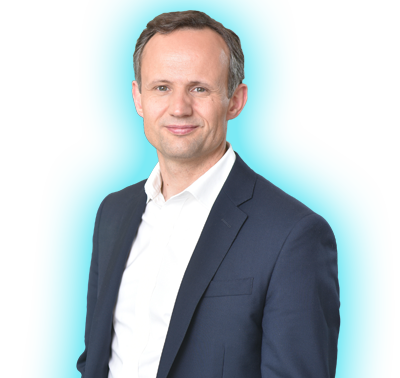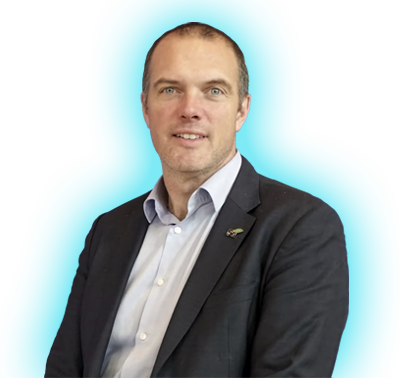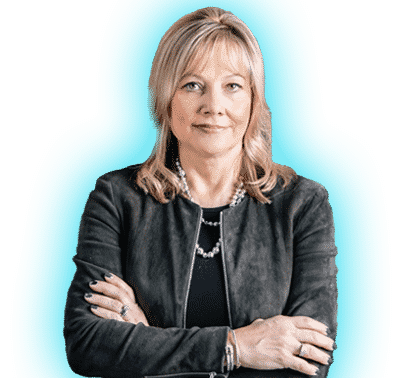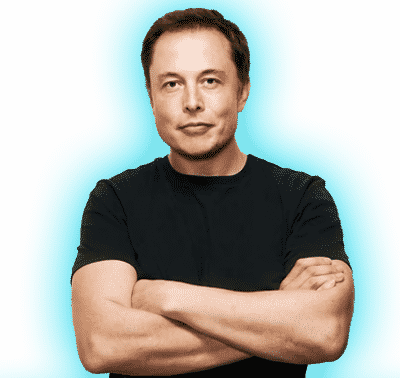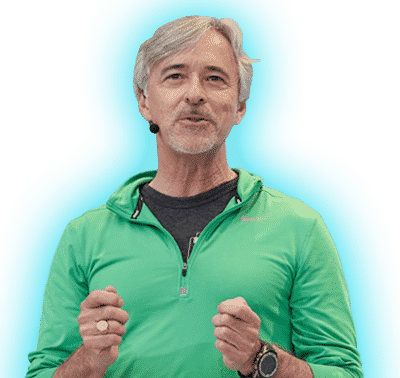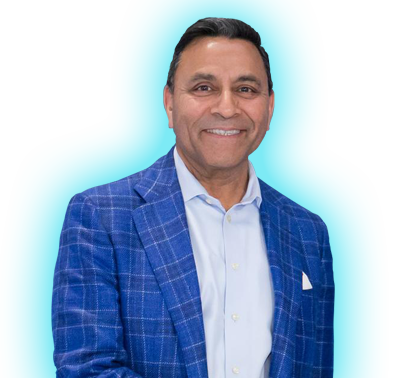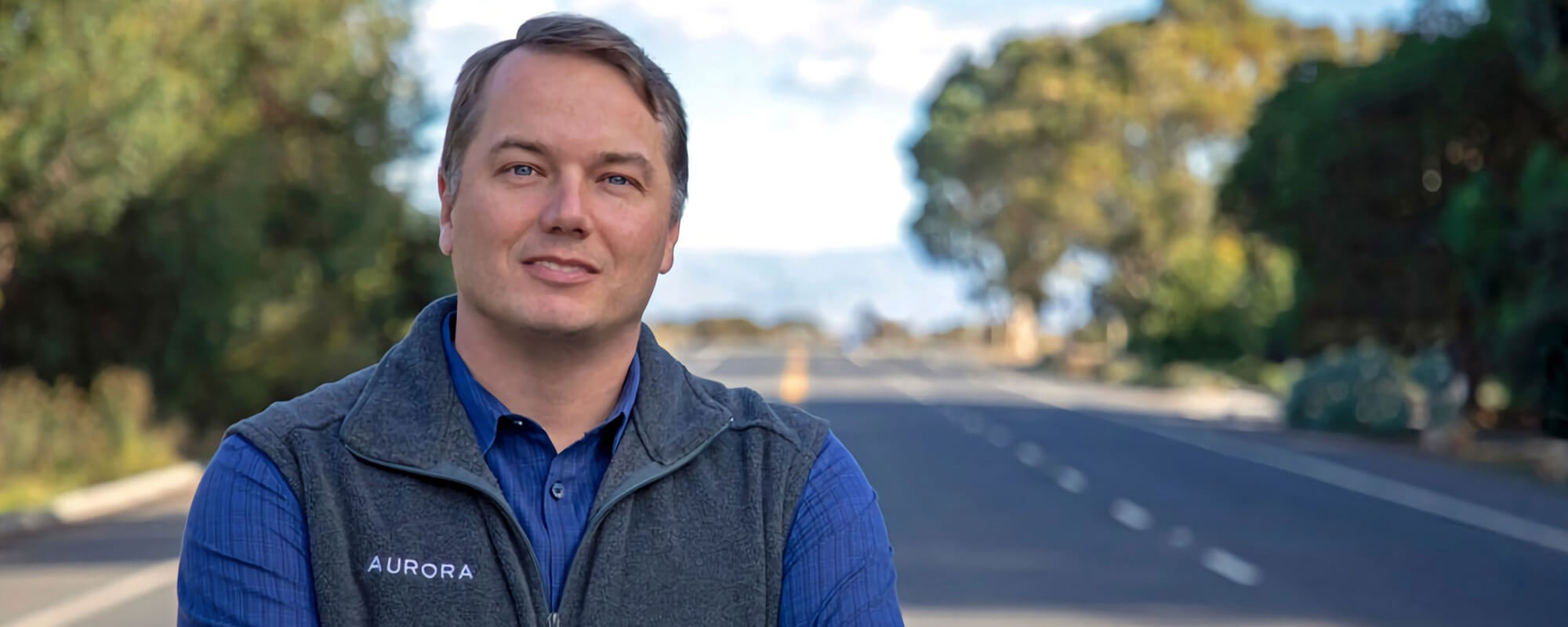
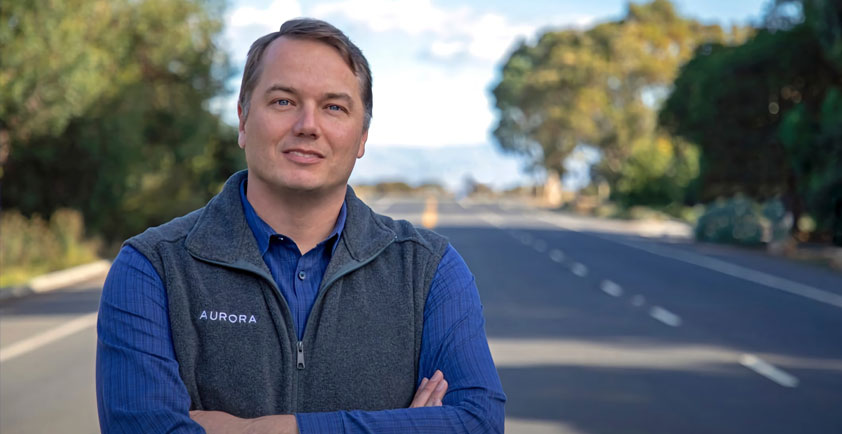
POWERING THE NEXT REVOLUTION IN TRANSPORTATION - AN INTERVIEW WITH CHRIS URMSON, CO-FOUNDER AND CEO AT AURORA
Chris Urmson has 20 years of experience developing self-driving and robotics technology. He helped found, lead, and later served as CTO for self-driving cars at Alphabet. Before that, Chris was a faculty member at Carnegie Mellon University, and helped his team win the 2007 DARPA Urban Challenge.
Today, Chris is the CEO at Aurora, an autonomous vehicle technology company he founded with Sterling Anderson, who developed MIT’s Intelligent CoPilot, and then launched Tesla’s Model X and Autopilot, and Drew Bagnell who has spent decades at the intersection of machine learning and robotics both as a faculty member at Carnegie Mellon University and Uber’s Advanced Technology Group. Aurora works at the intersection of rigorous engineering and applied machine learning to address the challenge of transforming the way people and goods move.
Chris will be a keynote speaker at the annual World Safety Summit on Autonomous Technology. We connected with Chris to learn more about Aurora, the company’s commitment to safety, and to hear about what he will be discussing at the upcoming summit.
VL: You share the experience, along with Velodyne Lidar Founder & CEO David Hall, of having been an early participant in the DARPA Grand Challenge to develop a self-driving car. How is that experience and the learnings from it still shaping your drive in creating and deploying autonomous vehicles?
Urmson: Since my DARPA days, I’ve seen a lot of what works, and a lot of what doesn’t. This includes everything from the technology itself, to how to build the teams and bring together the right people, to creating the right environments, to establishing the culture we need to develop this technology.
At the same time, we’ve seen incredible advancements in computing and sensor technology, and deep learning techniques that have really changed the game for safely and efficiently building technology that is robust, reliable, and ultimately safer than a human driver. The tools and resources we have today make it an exciting time to develop self-driving technology.
VL: Aurora is aiming to power the next revolution in transportation. How will the Aurora Driver help your company achieve that goal?
Urmson: Aurora’s mission is to deliver the benefits of self-driving technology safely, quickly, and broadly. We are building a company and a product that will make people’s lives safer, easier, and more efficient by moving them and their goods through the world. The Aurora Driver will enable the transportation ecosystem of the future. Our Driver will partner with automakers, logistics services, mobility services, and fleet management providers to deliver the benefits of self-driving technology.
When this technology is on our roads, it will have an incredible opportunity to save lives, make our roads safer, give more people access to mobility, and reduce congestion and pollution in cities – improving the quality of life for all of us.
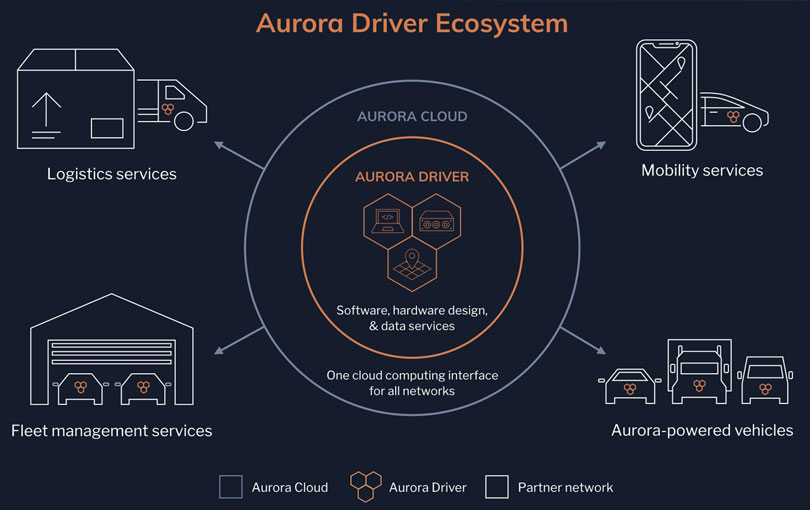
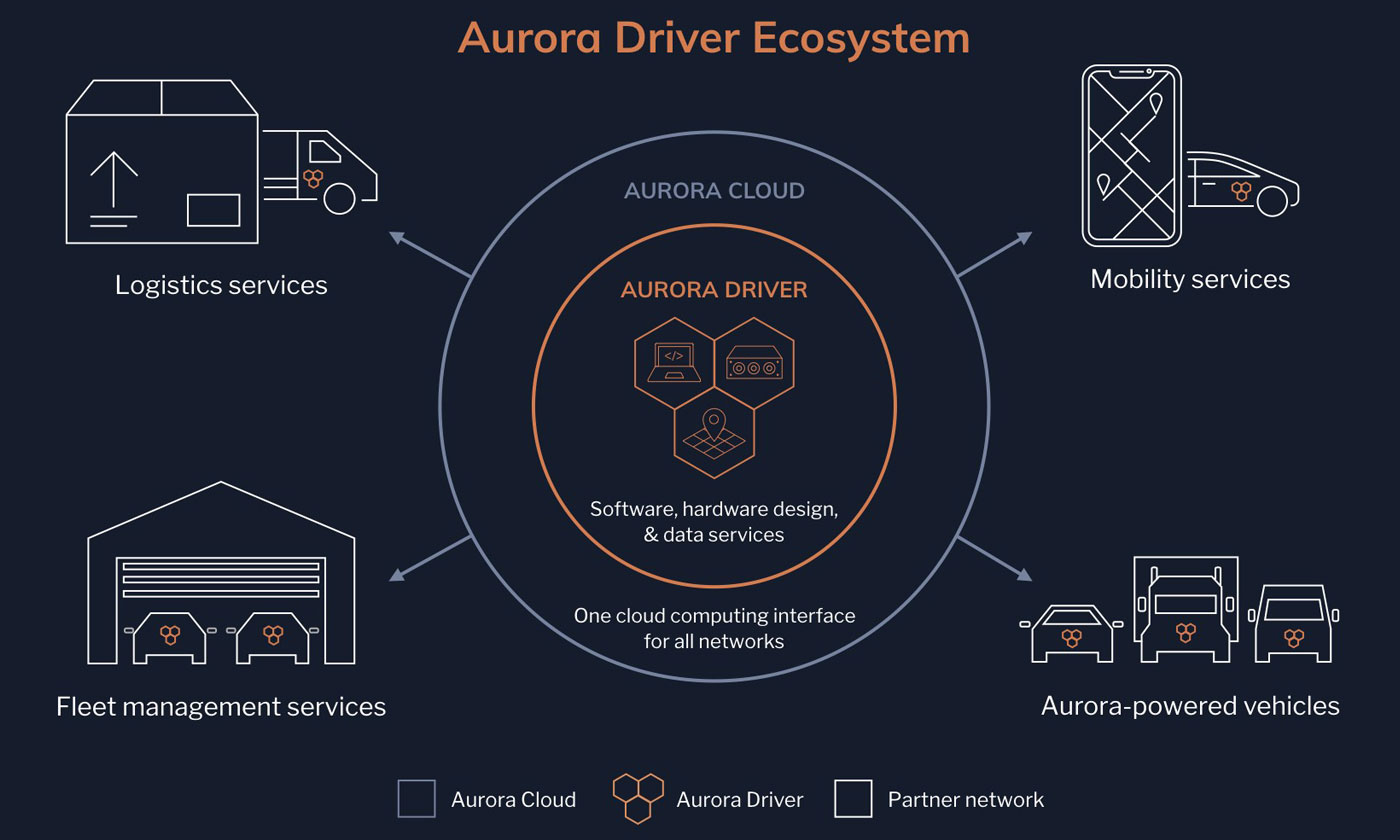
VL: What do you see as the essential building blocks of a good safety culture in a company building an autonomous vehicle?
Urmson: Safety must be a mindset. Safety needs to be a fundamental part of the culture – from the company values to the development process of the technology.
At Aurora, a safety culture means we always operate with integrity. We build teams of people we trust. We focus, communicate, and collaborate to ensure we are making decisions that put safety front and center.
An example of our culture in practice is our Grounding Policy: All Aurora employees, from founders to our newest employees, are empowered to ground the fleet if they identify anything they consider a safety concern. While we provide guidance on what is considered a candidate for a grounding event, we encourage everyone to use their own judgment, and err on the side of caution. Indicative of a poor safety culture is a grounding policy that employees aren’t willing to exercise. It means that schedule pressure or production pressure is taking precedence over safety. That’s not how we work at Aurora. At Aurora, everyone is empowered to speak up and take an active role in the company, culture, and technology that we’re building.
VL: What’s a bigger challenge in autonomous vehicles, achieving vehicle safety or convincing the public they are safe?
Urmson: This is not an either or — we absolutely need to develop this technology to make our roads safer and we absolutely need to continue to engage with the public and help them understand how self-driving technology is important for our future.
We’re not a company building technology for technology’s sake. We are focused on building this transformational technology, doing that safely, and working with the community along the way.
Some of the steps we’ve taken include hosting open houses for students, leaders, and community members, and being a founding member of PAVE (Partners for Automated Vehicle Education). We also work with local, state, federal governments to share progress and learnings and prepare communities for a future with self-driving vehicles.
VL: What environment – such as urban, suburban or highway – will be the first to support widespread deployment of autonomous vehicles – and why and when will this happen?
Urmson: We will see small-scale deployments in the next five years, and then the technology will phase in over the next 30 to 50 years. Urban environments with dense populations will see the technology first, likely through ridesharing services.
VL: Can you share an overview on what you will address in your keynote at the World Safety Summit?
Urmson: Not surprisingly, I will be addressing safety. It will be great to have so many of our industry leaders together thinking about how we can collectively get the public ready and trusting of this transformative technology we’re bringing to our cities.
By Albie Jarvis - Velodyne Lidar

